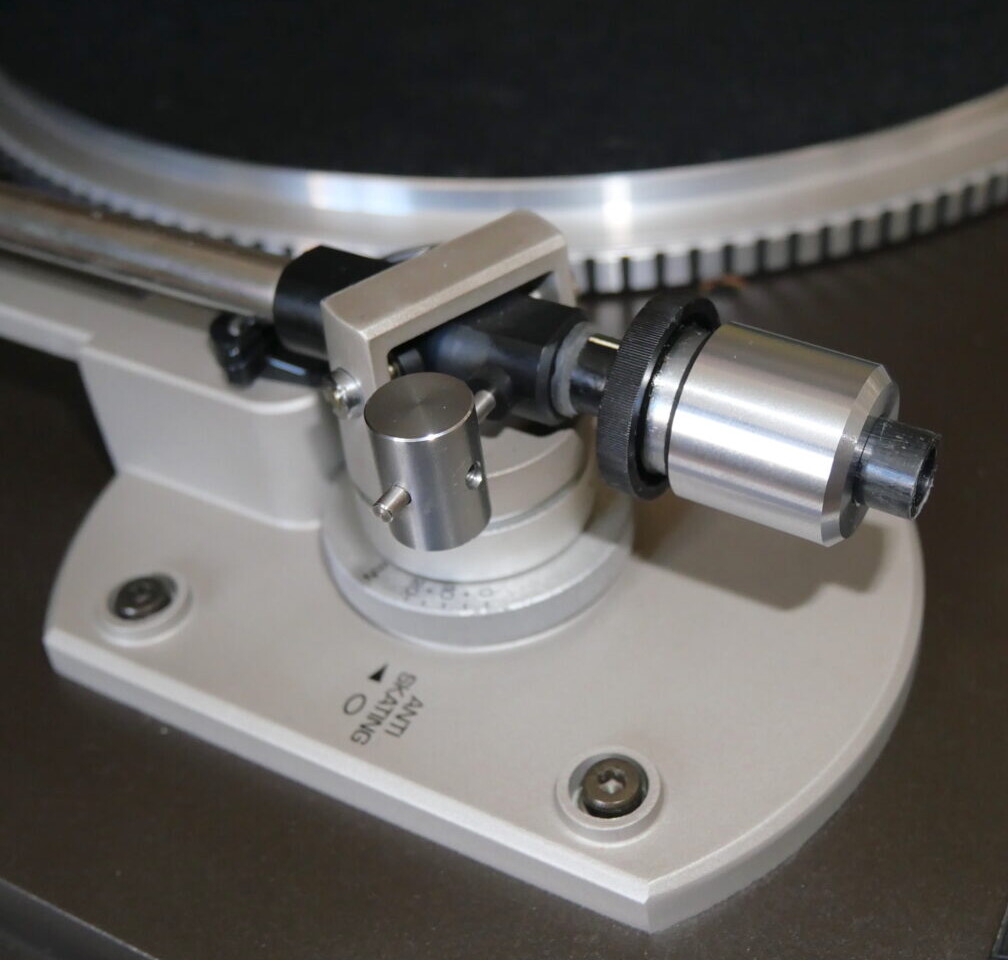Now, it’s possible to argue that the VPI scores big on the audiophile qualities around sound-staging, delicacy, dimensionality and separation. It’s definitely smoothly enjoyable and offers a rounder, warmer tonality. But – or perhaps that should be BUT – there’s no comparison when it comes to the sense of real people, real instruments and a real performance. The Classic 4 is no slouch when it comes to its belt-driven brethren, but it also demonstrates just how accepting we’ve become when it comes to temporal and dynamic accuracy. In musical terms, the little Telefunken kills it, nailing not only the energy and life in the performance, but the structural elements and expressive nuances that make it make sense. It is Shostakovich where the VPI sounds altogether more RVW. On this disc, in the case of this comparison, it’s a killer performance. And in terms of musical enjoyment, it’s one that is less dependent on or critical of recording quality. And I can say that with some certainty: maybe it was just nostalgia, but I found myself wading through the records of my misspent youth. Contemporary with the Telefunken and early first pressings all, they’ve also invariably been partied as only a student (school OR college) can.
Whether it’s the Tourist’s perfect pop (and surely, ‘I Only want to Be With You’ is Annie Lennox’ finest three-minutes ever [Reality Effect, Logo Records 1019]) or the chopped guitars of Roxy’s ‘Eight Miles High’ (Flesh And Blood, Polydor POLH002): the galloping synthesised beats and layers of OMD (‘Joan Of Arc’, Architecture And Morality, DINDISC DID12) or Tears For Fears (perm almost anything off Songs From The Big Chair, Mercury MERH 58), the little Telefunken table injected just the right attitude and energy into proceedings, keeping tempos tight and drums hit – physically or electronically! It projects surprising physical presence and scale for such a petite performer. But perhaps the real revelation (or rediscovery) was Scritti Politti’s Cupid and Psyche 85 (Virgin V2350). The jerky, angular, rhythmically disjointed but addictively catchy melody of ‘The Word Girl’ sprang vividly and vibrantly from the groove, full of jangly life and joie de vivre, proof not only that sometimes bands really can produce themselves but that a great mastering job (by Tony Cousins in this case) definitely helps. The bass right across the album is tight, funky, pitch and pace perfect. Each note and each phrase is crisp and clear, a clarity critical to creating the artfully structured whole. The CS 20 seems to hit just the right balance between revealing all the elements while concealing the (considerable) artifice, allowing the songs to dance and breathe, rather than pulling them apart.

Just how good is the Telefunken CS 20? Well, it’s no Grand Prix Audio Monaco v2.0 – or even a Parabolica. It lacks the absolute stability and solid black space, light-touch finesse, temporal ease and micro dynamic definition of those more sophisticated turntables. It can’t match their absolute clarity or explosive dynamic range – but then there are few ‘tables that can, irrespective of price. Where the Monaco has the uncanny and, in my experience unique, ability to let music happen at its own pace, just as fast or slow as it chooses, the CS 20 has a more driven and forceful presentation, full of energy and forward momentum. In that regard it reminds me more of a ‘table like Steve Dobbin’s The Beat than, for instance, the more obviously controlled, flatter and less articulate presentation of the Technics ‘tables and that makes for a musically exciting and dramatic performance.

